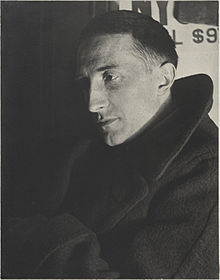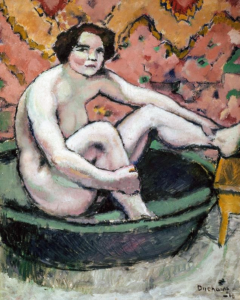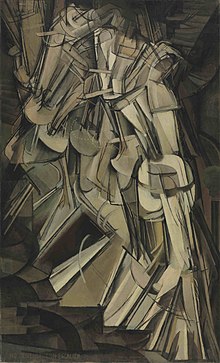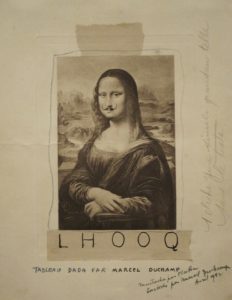Dear Zazie, Here is Mac Tag‘s Lovers’ Chronicle to his muse. Follow us on twitter @cowboycoleridge. Rhett
The Lovers’ Chronicle
Dear Muse,
i have been wantin’ to write to you, but i never have time, so absorbed i am in writin’ verse; i think, i write night and day; nothin’ interests me more than findin’ the right line for you, so you will need to search through these words in order to understand how i feel
© copyright 2022 mac tag/cowboy coleridge all rights reserved
© copyright 2020 mac tag/cowboy coleridge all rights reserved
© copyright 2019 mac tag/cowboy coleridge all rights reserved
i should have come back
i wish i had, i wanted to
i guess i was too weak
i still see you standin’ there
as you were, after that last kiss
i know sorry does not git it done
and i ain’t lookin for forgiveness
i expect it was the mistake of my life
just wanted you to know
© copyright 2017 mac tag/cowboy Coleridge all rights reserved
| Marcel Duchamp | |
|---|---|

Portrait of Marcel Duchamp, 1920–21, by Man Ray, Yale University Art Gallery
|
|
Today is the birthday of Henri-Robert-Marcel Duchamp (Blainville-Crevon; 28 July 1887 – 2 October 1968 Neuilly-sur-Seine); painter, sculptor, chess player and writer whose work is associated with Cubism, conceptual art and Dada. Duchamp is commonly regarded, along with Pablo Picasso and Henri Matisse, as one of the three artists who helped to define the revolutionary developments in the plastic arts in the opening decades of the twentieth century. Duchamp has had an impact on twentieth-century and twenty first-century art. By World War I, he had rejected the work of many of his fellow artists as “retinal” art, intended only to please the eye. Instead, Duchamp wanted to put art back in the service of the mind.
Throughout his adult life, Duchamp was a passionate smoker of Habana cigars.
In June 1927, Duchamp married Lydie Sarazin-Lavassor; however, they divorced six months later. It was rumored that Duchamp had chosen a marriage of convenience, because Sarazin-Lavassor was the daughter of a wealthy automobile manufacturer. Early in January 1928, Duchamp said that he could no longer bear the responsibility and confinement of marriage, and soon thereafter they were divorced. Between 1946 and 1951 Maria Martins was his mistress. In 1954, he and Alexina “Teeny” Sattler married, and they remained together until his death.
Duchamp died suddenly and peacefully in the early morning of 2 October 1968 at his home in Neuilly-sur-Seine, France. After an evening dining at home with his friends Man Ray and Robert Lebel, Duchamp retired at 1:05 A.M., collapsed in his studio, and died of heart failure. He is buried in the Rouen Cemetery, in Rouen, France, with the epitaph, “D’ailleurs, c’est toujours les autres qui meurent” (“Besides, it’s always the others who die”). Even in his death, Duchamp retained a sense of humor.
Gallery








-

1910, Joueur d’échecs (The Chess Game), oil on canvas, 114 x 146.5 cm, Philadelphia Museum of Art
-

1911, Coffee Mill (Moulin à café), oil and graphite on board, 33 x 12.7 cm, Tate, London. Reproduced in Du “Cubisme”
-

1911, La sonate (Sonata), oil on canvas, 145.1 x 113.3 cm, Philadelphia Museum of Art. Exhibited at Exposició d’Art Cubista, Barcelona, Galeries Dalmau, Barcelona, 1912 (reproduced in catalogue)
-

1912, Le Roi et la Reine entourés de Nus vites(The King and Queen Surrounded by Swift Nudes), oil on canvas, 114.6 x 128.9 cm, Philadelphia Museum of Art
Mac Tag

No Comments on "The Lovers’ Chronicle 28 July – regret – art by Marcel Duchamp"